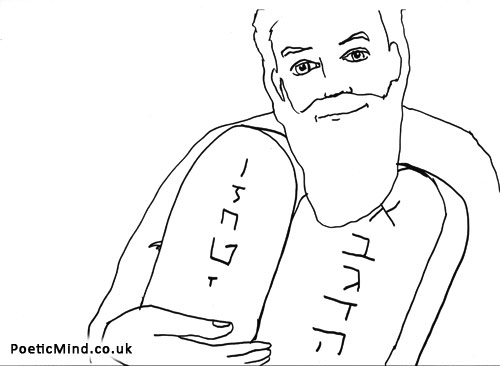
Developed by Dr. Gil Dekel.
Art activities (about 1 hour and a half) for children age 5 to 12 (you can adapt it to any age), based on the story of Passover.
Free PDFs downloads:
Pesach (Passover, Hebrew: פסח) is a celebration of a story that happened 3,000 years ago.
3,000 years ago, the Hebrew people, before they became Jewish, were slaves in Egypt; carrying heavy stones to build the Pyramids. For 400 years, they were slaves, until they ‘woke up’ to realise they can change their destiny. They decided they don’t want to be slaves anymore, and so they called up God for help.
For 400 years they did not call for God’s help. If you do not call for help, then God and Life will not help you… That’s why for 400 years they were slaves, because they did not call for help.
When they called God for help, God said: ‘Yes. I will help you. I’m going to send you someone, a leader.’ And he sent the Hebrew people Moses, Moshe (משה).
Moshe lived in the desert for years. One day, he saw a bush burning (הסנה בוער), and it kept burning, and did not extinguish. That was strange, because when something burns, the flames eat it up, and consume it. But not this special bush, which kept burning, and was not consumed.
Moses said: ‘I am going to have a closer look to see why this bush is burning and is not consumed.’ – and this was a sign that Moses was ready to help and lead his people; because some people will see a bush burning and they will ran away. But Moses said: ‘I am going to the bush, to see why it is burning, and it is not extinguished.’
As he came closer, Moses heard the voice of God talking from inside the burning bush. And God was saying: ‘Moses, go to the Egyptian king, and tell him: let my people go.’
So, Moses went to the Egyptian king and said: ‘Pharaoh, Let my people go.’ Pharaoh replied: ‘OK, I will let your people go – but we are going to have a little game first, a running contest. You, the Hebrew people, will start running and we will chase you. If we catch you, you have to stay in Egypt. If you run away quickly, you can be free.’
So, Moses went to the Hebrew people and said: ‘Quick, we have to go,’ but they were in the middle of baking food; it was in the middle of the day. God did not want them to leave at night. He wanted them to leave Egypt in the middle of the day so everyone would see them. They were not escaping; rather they were leaving as a new nation. So it was in the middle of the day and they were baking bread. Moses said: ‘Come on, everyone, we have to leave quickly before the Egyptian catch us!’ So the bread did not rise. The bread did not have time to rise, and it remained flat, like a cracker, a biscuit. And this is what we call Matzah (מצה); unleavened bread. Bread that does not rise.
Any food that rises, any bread, we call H’ametz. H’ametz is the opposite of Matzah, and during Pesach, if you follow the tradition, you do not eat H’ametz.
Moses told the Hebrews: ‘You have to pack quickly, and you can take only three things with you.’ The Hebrew people said: ‘But what should we take? We are going to leave Egypt, we have been living in Egypt for 400 years now. What should we pack with us?’
Activity 1 – draw 3 things in a suitcase.
Give participants paper suitcases, for them to draw 3 things they think are most important to pack if you going on a long journey in the desert.
The Hebrews started to run; we think half a million people, from Egypt into the desert. And they ran and they ran until they reached the Red Sea, Yam Suf (ים סוף). They could not cross it. They looked around, and behind them they saw the Egyptians soldiers chasing them with chariots! The Egyptians had chariots and horses! The Hebrews did not have chariots; they were just running.
In front of the Hebrews was the Red Sea, Yam Suf, and they could not cross it. Behind them, the Egyptians with chariots and horses were chasing them. So Moses went to God, and God was telling him: ‘Mr. Mo., I want you to take your staff, and throw it in the air, and then touch the ground with it.’
Moses held his staff; he threw it in the air; he caught it… and – bang! – he touched the ground with it. And a miracle happened. The sea split into two, and in between a dry path was revealed.
So the Hebrew people could cross the sea. And the Hebrew people ran quickly in Yam Suf all the way until they were safe on the other side. And then, when the Egyptians soldiers came, the sea closed behind them.
Activity 2 – Yam Suf Game.
Children stand in a grid, arms stretched out in one direction. One child plays a Hebrew person and his/her task is to cross Yam Suf. When facilitator says, “Yam Suf opens”, the children rotate in 90 degrees, and the child starts running. Then the facilitator says: “Yam Suf closes,” the children rotate once again, the path is blocked, the child stops. And again, “Yam Suf opens,” until the runner makes it through to the other side.
Activity 3 – Yam Suf Experience.
‘Fill up’ the room with Yam Suf… We bought recycled kitchen paper towels, which resemble the sea. The kids loved to just ‘roll’ in it.
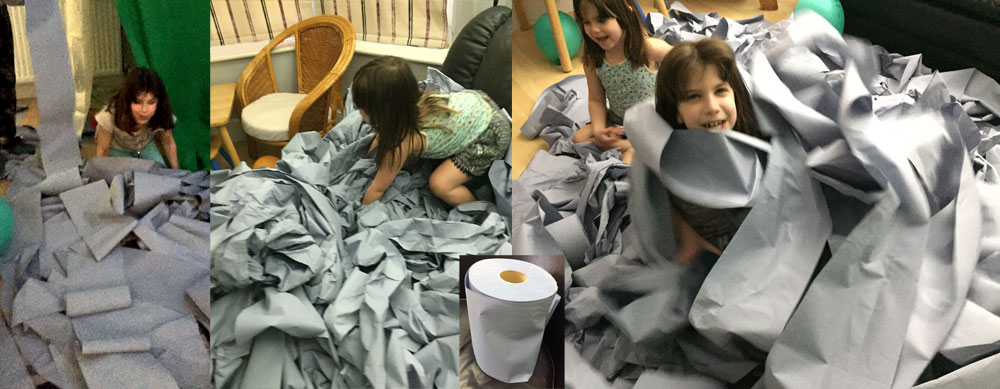
Yam Suf sea made of kitchen paper towels… (photo © Gil Dekel)
Yam Suf, the Red Sea, was opening so the Hebrew people could cross it. And when the Egyptian soldiers came after them, the sea closed. When the sea closed, the Hebrews were already safe, but the Egyptians, were in the middle of the sea with the chariots and horses. The horses said: ‘I’m out of here’ because horses don’t like the sea… and they swam safely to the shore. The chariots were heavy so they sank, and the Egyptian soldiers said: ‘Wow, this is cool!’
It was like a water park; all the water splashing up and down, and the Egyptians had great fun. They told the Hebrews: ‘We don’t care anymore, you won the game. We are going to have some fun swimming here today.’
The Hebrew people won the game and now they could be free, and leave. They continued to walk in the desert, and they were now walking for days and days. The desert is a very hot place, so soon enough they started to complain: ‘Moses, we have been walking for days in the desert; and it is too hot. Moses, take us back to Egypt, to the pot of meat.’ They meant that there was a lot of food in Egypt, but they forgot that they were slaves in Egypt.
So Moses said: ‘Uh-oh, my people are still slaves, they have a slave mentality.’ Mentality of a slave means that you think like a slave, even if you are free. Moses said: ‘You know what we have to do? We will have to walk 40 years in the desert.’ Because 40 years means that a new generation will be born, and will grow up as free people.
40 years walking in the desert! Can you imagine? That is a lot, and they were complaining about this. Maybe we can give the Hebrews a little ride, on hovercrafts?…
Activity 4 – give the Hebrews a lift with your hovercrafts.
Children to decorate simple Hovercrafts and paper-Hebrew people.
How to Make Hovercrafts:
Activity 5 – after 40 years of walk, the Hebrew need some fun. Make them a trampoline.
Children to make trampoline from a cup, balloon (cut the edge) and a marble.
So the Hebrew people were walking for 40 years in the desert (with the hovercrafts you saved them some walking, maybe you even spared them three months of walking, however they still have to do 39 years and 9 months…)
They have to walk a lot and it is very hot in the desert. So God told Moses to do another miracle. God said: ‘Moses, take your staff and touch a rock with it.’ Moses was touching a rock, and what happened? Water came out of the rock! Water sprung. And that is a miracle because out of solid rock there is no water.
The Hebrew people now had enough water to drink, and Moses said: ‘This is good time for me to go have a chat with God.’ The Hebrew people were happy; they had food and they drank, so Moses went to a mountain, Mount Sinai (הר סיני), and he stayed there for 40 days and 40 nights. There on the mountain God gave him a special thing… God gave him 10 promises.
Moses received two stone tablets made of rock, and on the stones were written 10 promises in Hebrew. Some people call it ‘the 10 commandments’, but we do not believe you can command people because people have free will. God promised Moses: ‘if you will be good people, then you will be happy.’
The promises were written in Hebrew, yet the Hebrew people did not know read Hebrew yet…
Activity 6 – help the Hebrews learn Hebrew by writing your name in Hebrew.
Use the Hebrew-Latin table. Each child writes their name in English and Hebrew. (The children may misspell their name in Hebrew. If facilitator knows Hebrew, s/he can read the names aloud as they were misspelled, as this usually makes for very funny names. The children tend to laugh as they hear it.)
Now, the Hebrew people know to read Hebrew. They are still in the desert. In the desert, they used to walk in the shape of a star. In the edges were the strong men, and inside the women and children – this is how the men protected the women and children. And this became known as the Star of David, David’s star. It is the symbol of the Jewish people, and of many other cultures as well.
As they reached Israel, they became free people. The first place they went to was the ‘happiness shop’ – a shop where you can buy happy things. Because now they were free, they were not slaves anymore; they could buy happy things. But, other people came before them and bought almost all the happy things. The shelves in the shop are empty…
Activity 7 – Draw happy things.
Each child receives a drawing of the Happiness Shop, and draws ‘happy things’ on it.
Activity 8 – Word Search.
Click image to download print version for you to use.
14 April 2013. Last update 24 April 20243.
© Gil Dekel.
Drawings © Natalie and Yael-Louise Dekel.
Photos © Natalie and Gil Dekel.

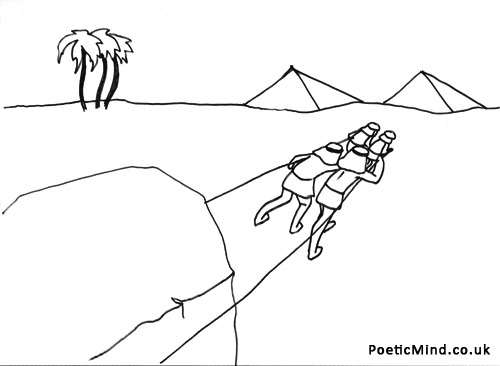
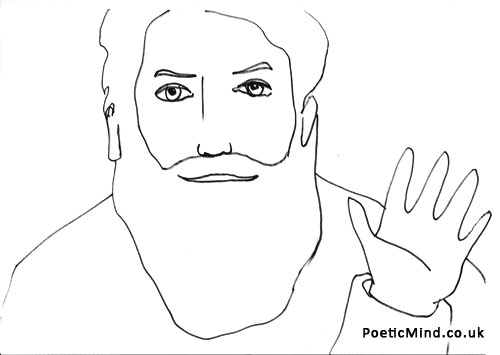
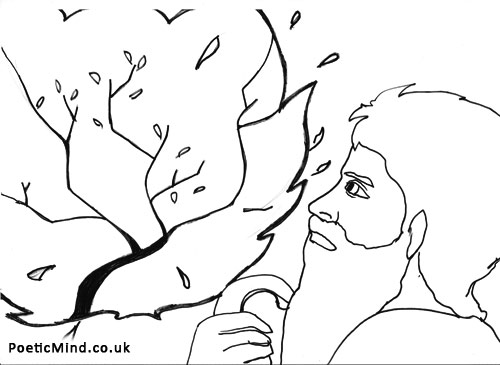
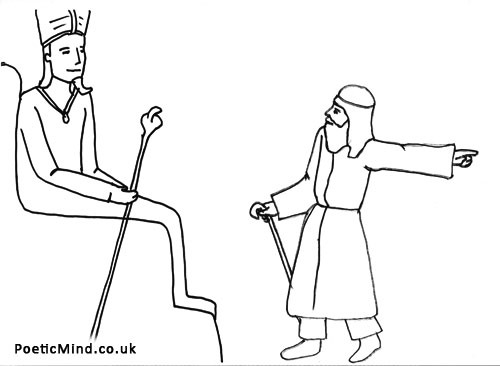
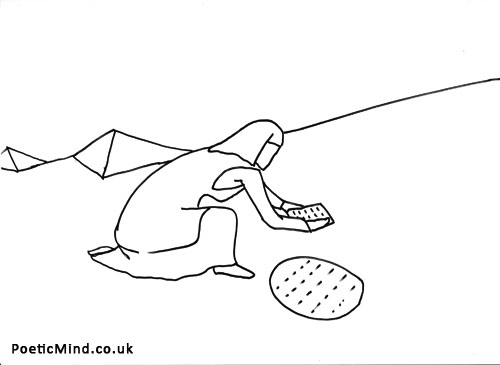
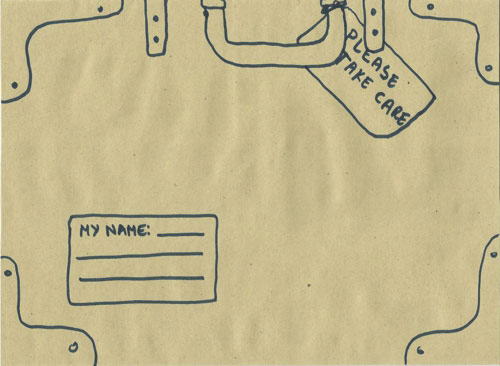
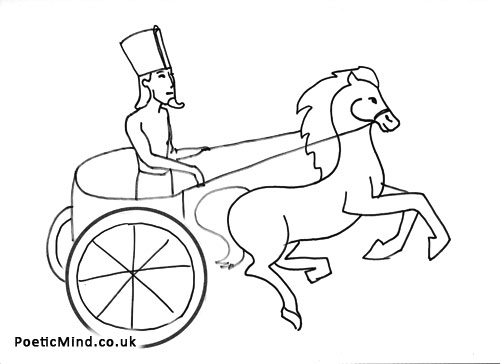
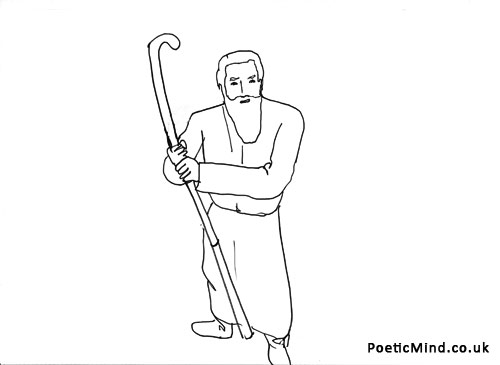
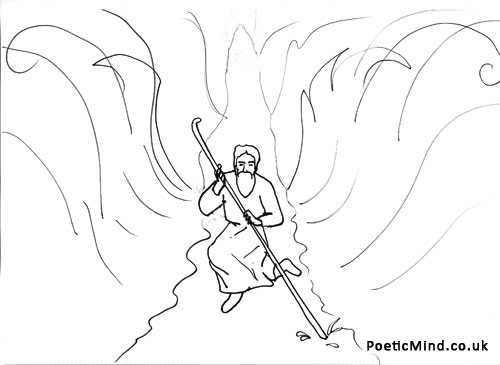
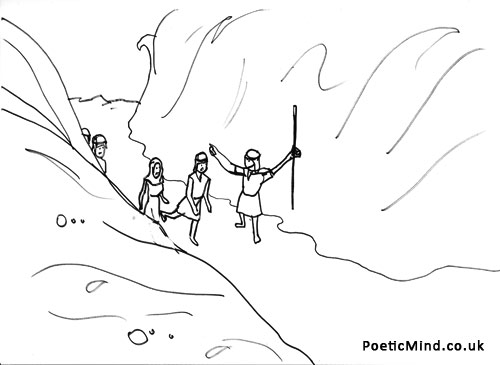
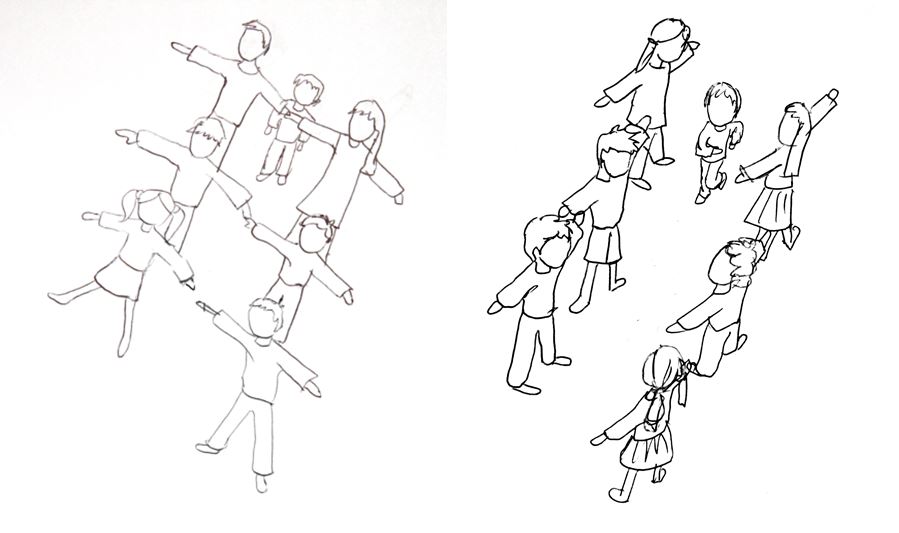
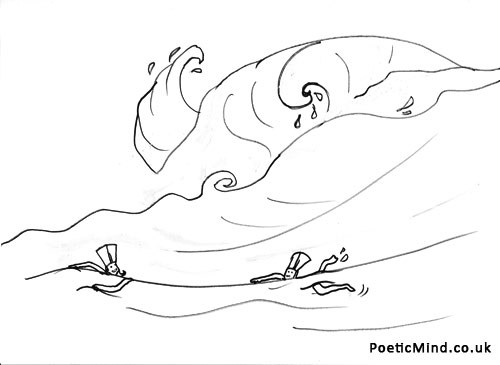
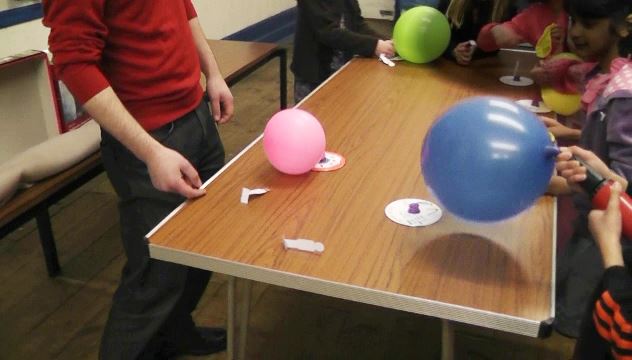
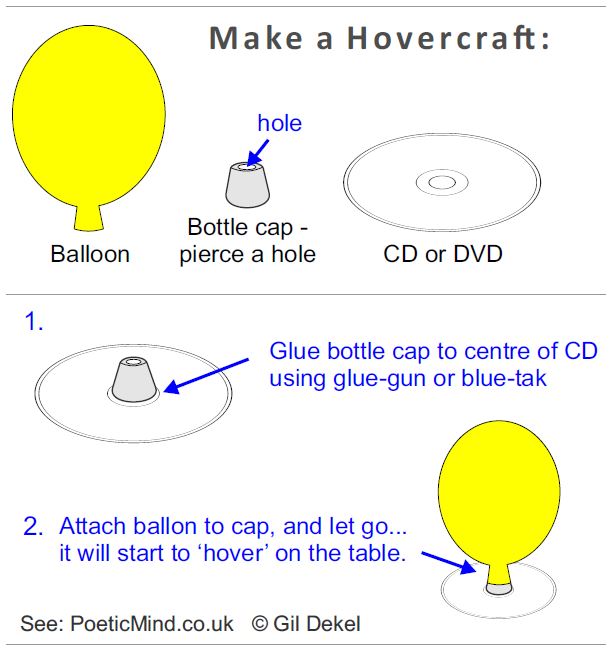
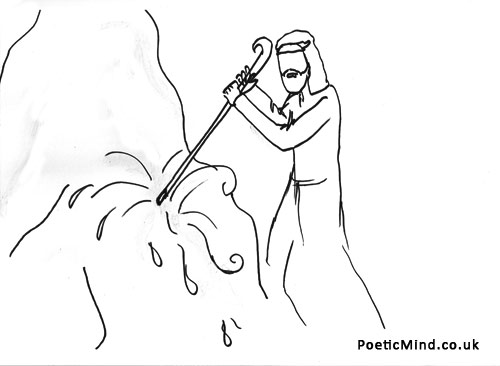
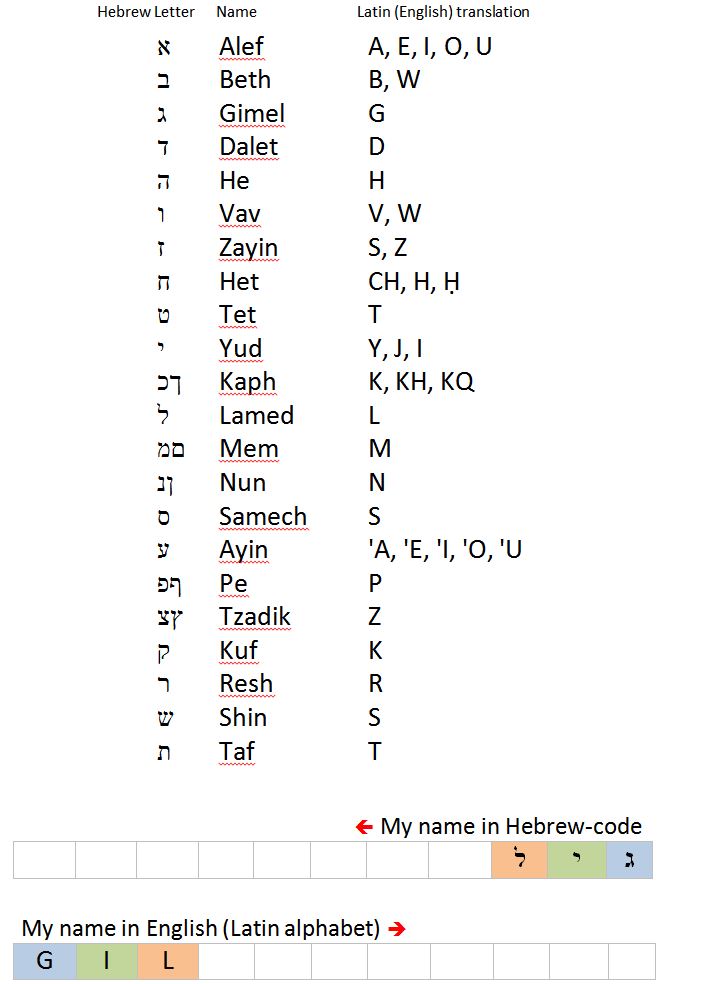
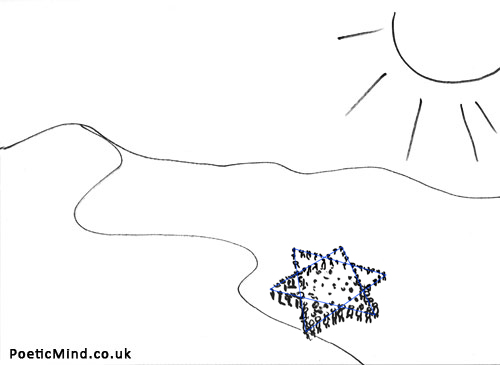
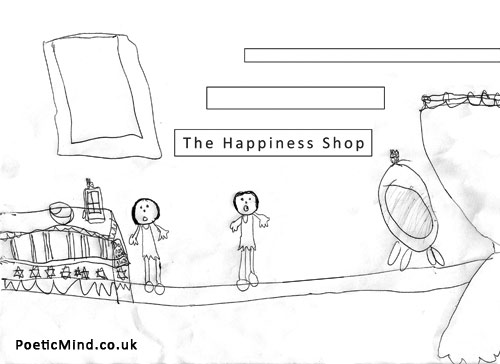
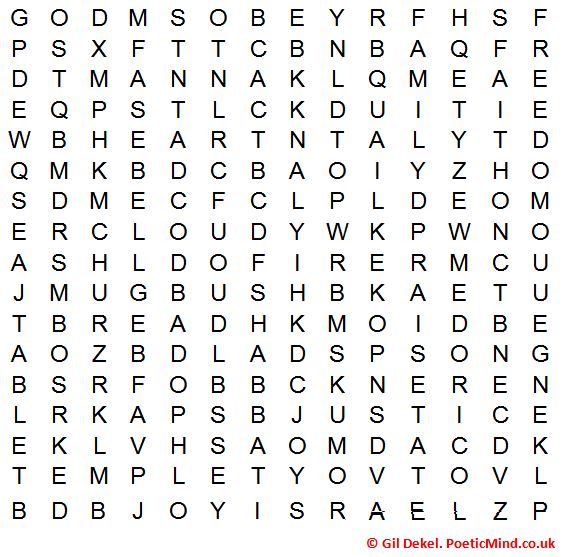

 - Reading with Natalie, book here...
- Reading with Natalie, book here...